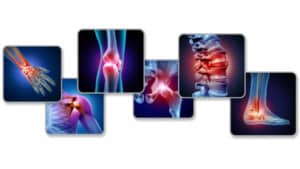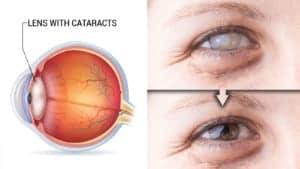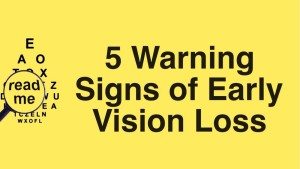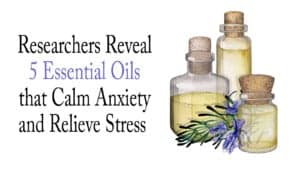When we think of compassionate, intelligent creatures, cows usually don’t come to mind.
However, cows actually communicate how they feel to one another through their moos, according to a new study. According to research at the University of Sydney, the animals have individual vocal characteristics and change their pitch based on the emotion they’re feeling.
Alexandra Green, a Ph.D. student at the university and the study’s lead author, said:
“Cows are gregarious, social animals. In one sense it isn’t surprising they assert their individual identity throughout their life.”
She said it’s the first time they’ve been able to study voices to obtain evidence of this trait.
The Studies on the Communication Between Cows
Studying a herd of 18 Holstein-Friesian heifers over five months, Alexandra found that the cows gave individual voice cues in different positive and negative situations. This behavior helps them communicate with the herd and express excitement, arousal, engagement, or distress.
Talking about the animals she studied, Ms. Green said:
“They have all got very distinct voices. Even without looking at them in the herd, I can tell which one is making a noise just based on her voice.”
She would record and study their “moos” to analyze their moods in various situations within the herd.
“It all relates back to their emotions and what they are feeling at the time,” she said.
Previous research has discovered that cow moms and babies use their voices to communicate individuality.
However, this new study shows how cows keep their moos throughout their lives, even if they talk to themselves. The study found that the animals would speak to each other during mating periods while waiting for or being denied food and when being kept separate from one another.
The research analyzed 333 cow vocalizations and has been published in Scientific Reports.
“Ali’s research is truly inspired. It is like she is building a Google translate for cows,” said Cameron Clark, an associate professor at the university.
Ms. Green hoped this study would encourage farmers to “tune into the emotional state of their cattle, improving animal welfare.”
Animal communications
Studies have shown that animals communicate with one another in similar ways to humans, taking turns in conversations. This is beneficial in the animal kingdom to communicate needs, such as where food sources are at or if the herd needs to move locations. It can also help animals communicate about an incoming threat so they can respond accordingly.
Final Thoughts About Cows Communicating
This research shows that animals are intelligent, sentient beings and deserve our respect. Vegetarianism and veganism are rising as people are waking up to how eliminating meat from our diets can positively impact health and show compassion to other living beings. Also, cows contribute significantly to greenhouse gas emissions, producing 37% of methane emissions resulting from human activity. One study showed that one cow, on average, produces between 70-120 kg of methane a year.
This is significant because, across the globe, there are around 1.5 billion cattle. Many scientists are coming together to talk about how a plant-based diet could significantly help to slow down climate change.










 What causes glaucoma?
What causes glaucoma?












